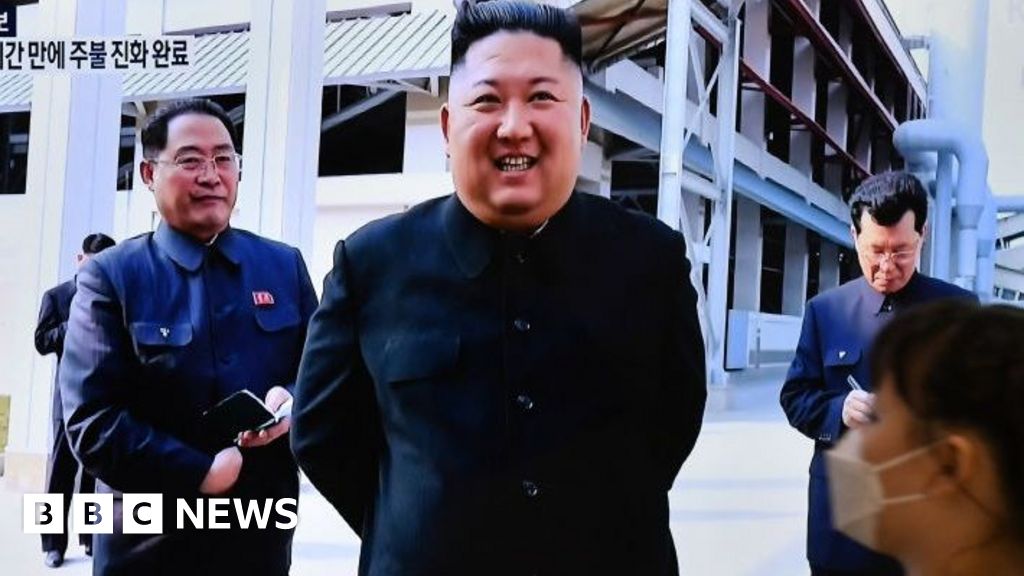
Why We Choose Not to Eat
Eleven years ago, a startup promised to solve the problem of food. Soylent was a venture-capital-funded meal-replacement product composed of such ingredients as soy protein and maltodextrin; it could be consumed as a convenient shake, and it provided a way of getting calories into a body without all the bother of cooking, chewing, or tasting very much. It also inspired a certain amount of skepticism. One could be forgiven for wondering (and many did) whether the new product—a fortified beverage that you could drink instead of eating a meal—wasn’t basically SlimFast.
A crucial difference here was branding. SlimFast was understood as a diet drink for vain women with nothing better to do than worry about how they looked; Soylent, meanwhile, was a life hack for body-optimizing tech bros with more important things to think about than lunch. Its popularity offered an early inkling of a broader trend. In the late twenty-tens, men in Silicon Valley discovered the allure of not eating—and the combination of self-tracking apps and elaborate rules about when and what to consume produced habits otherwise associated with red-carpet crash dieting. Jack Dorsey, the monkish Twitter co-founder, tweeted, in 2019, that he’d “been playing with fasting for some time” and eating only one meal a day. As with Soylent, these practices had been removed from the embarrassing and inevitably gendered realm of body image and weight-loss culture; instead, they were steps on the path to an enlightened state of productivity. Intermittent fasting was of a piece with an interest in manful self-improvement via stoicism.
This vogue is the backdrop for John Oakes’s “The Fast: The History, Science, Philosophy, and Promise of Doing Without,” a recent addition to the library of research-fortified pop-sci self-help. Oakes does not dwell on fasting’s recently trendy iterations—his book discusses neither Dorsey nor the wellness doyenne Gwyneth Paltrow—but, still, he addresses an audience primed to see skipping meals as an interesting and even ennobling pursuit. Oakes’s own experience undertaking a weeklong fast gives a frame to the book. Bodily transformation is not his goal; “I don’t own a weight scale,” he volunteers at the beginning, insistent to the point of redundancy. Nor is he trying to biohack his way to productivity, exactly. What he is after instead is “a personal exorcism”—something that might provide a sense of “profound cleansing” and also “perhaps illusory control” over his body. A fast also promises, or so the reader suspects, some relief from boredom. Oakes’s experiment takes place in the draggy aftermath of COVID restrictions; he writes that he has been “sheltering in place” and mentions going to a movie theatre for the first time in more than a year. In fasting, “I simply wanted to shuck my then current mental state in favor of something else, anything else, even if only for a few days,” he writes. By his fast’s third day, the smell of a sliced cucumber is enough to excite him. By the fourth, he is fantasizing about diving into the “stormy sea green” of a salad’s leaves.











/cdn.vox-cdn.com/uploads/chorus_asset/file/25418237/STK095_MICROSOFT_CVirginia_C.jpg)






